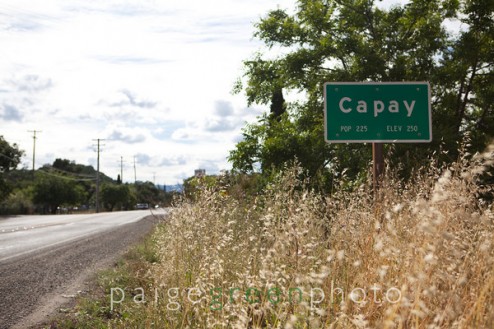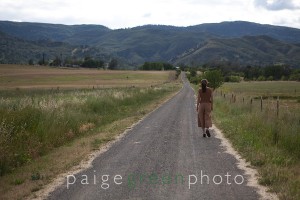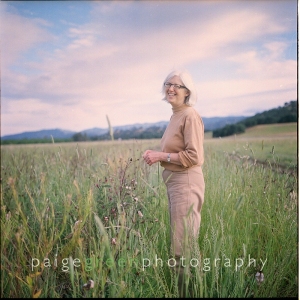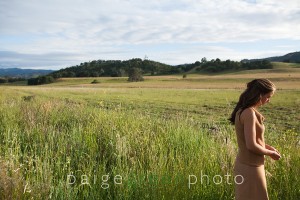Traveling northeast from our Fibershed studio doorstep, where the central valley meets the eastern foothills of the California coastal range, there exists an alluvial and highly fertile valley known as Capay. This area is apart of an ancient Fibershed once tended by Pomo basketweavers for the collection of fibers provided by willow, sedge, and redbud. The vestiges of these native gathering grounds still frame the road’s edge as you wind through the valley’s cultivated orchards and row crops.
Stretching through this ancient oak studded landscape is the Cache Creek– the water source for this quiet agricultural community. We drove northward into the watershed, in search of one of the major landmarks within our modern day Fibershed– Sally Fox’s organic cotton farm. It is here where the cotton is grown in colors that echo the earth’s subtle and varied hues.
Many have wondered if the 150 mile wardrobe would be completely made of wool, considering we live in a region rich with sheep ranches. However, fiber varieties abound in our community, and thankfully, organic color-grown cotton will be a cornerstone of the spring and summer designs. Sally Fox is the woman behind the brown, green, and rose colored cotton varieties, all of which she has carefully bred over a 28 year period. Sally’s life is a tapestry of innovation, a love of textiles, a passion for protecting the earth’s ecosystems, and an unprecedented resiliance and flexibility during times of great economic and societal shifts.
Fox was an expert hand spinner by the time she’d reached her early teens, and had read Rachel Carson’s expose on chemical pesticide use, “Silent Spring”, by age 12. She became as passionate about the drop spindle as she was about eliminating the use of pesticides.
After spending her Peace Corps years in Gambia, and being exposed to the effects of DDT, Fox was clear on the vital importance of organics. A studied entomologist, she was first shown a bag of brown cotton seed during her work in a 1982 breeding program that was designed to create an insect resistant variety.
No one at that time was interested in brown cotton– its staple length was too short, and thus it appeared to be unusable for commercial purposes. “No one thought you could use brown cotton for broad-scale production.” However, this old variety was highly resistant to pests, and this intrigued Fox. “The first three years, I grew my plants in pots as I moved around the state of California. Everywhere I went, the plants went with me.“
Here lies a second-year stalk of Fox’s cotton, amongst the fields that she has allowed to go fallow this year. The staple length of the fibers you see, have been bred to grow far longer than their initial 1/2 inch. Their current length is now an inch, and plenty long enough to be spun by machines.
In just a short while Fox’s hundred head of sheep will come through her fallow cotton fields to munch and mulch the plant matter into the earth, keeping the soils vibrant and rich with life.

Fox’s cotton is grown in rotation with Sonora wheat, an ancient variety originally from Portugal, that arrived in North America prior to Spanish colonization. These fields are not only an important aspect of the cotton rotation, they are a part of another of Fox’s breeding programs. She is assisting her friend Monica Spiller, who began with only 15 seeds– the crop now covers several acres of Fox’s farm; she has had the opportunity to support Spiller’s dream to bring the seed to farmers throughout the region and country.
Fox’s ecologically sensitive farming techniques are evident as you walk through her fields. Insects abound, and there are few bare patches of exposed dirt, life is everywhere. “Cotton is a wonderful rotation crop, it grows well in an annual cycle with sugar beets and alfalfa too.” When asked about the water intensive nature of cotton Fox makes a clear distinction. “Its not the fault of the cotton, its the way in which it’s been grown… the plant does like water, and should never be raised in drought years.. the thought is…if water… then cotton.”
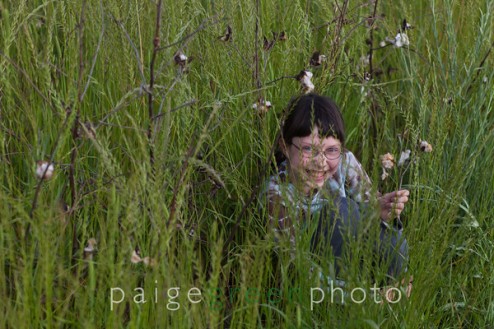
Fox’s selection process takes about seven to ten years before a variety is developed. A new variety produces seed that is always identical to the parent, but different and distinct from others in the same species. Fox’s breeding practice has been to cross-pollinate by hand, “you have to constantly add more diversity from which to select.” Fox walks the fields in the fall and collects fiber from each plant, and spends the winter making meticulous notes, and spinning the fibers by hand. From this research she makes her choice as to what seeds are selected for future propagation.
Fox’s breeding program was an incredible success. She had discovered pest resistant varieties, that could be grown in colors that supplanted the need for expensive toxic dyes. The ecological and economic benefits were obvious, and in 1989 Fox sold her first crop, of 122 bushels of cotton. It did not take long before Fox was running a multi-million dollar business, with American customers such as Levi Straus, L.L. Bean, Land’s End, and Esprit. To suit the burgeoning businesses, Fox created a network of farmer’s to grow her cotton. By the early nineties her business was contracting hundreds of thousands of pounds of organic American grown cotton for companies who were processing the fibers on shore.
A sudden turn of events in the mid-nineties, including federal trade policy shifts and a rapidly growing global economy altered the course of Fox’s life and business. We no longer see the commercial scale use of these incredible varieties in America, those days appear to be over, for now, at least. However, there is a burgeoning community of artisans that were, and continue to be inspired to use Fox’s cotton…. More in Part II: Small Scale Cotton for the Community.

